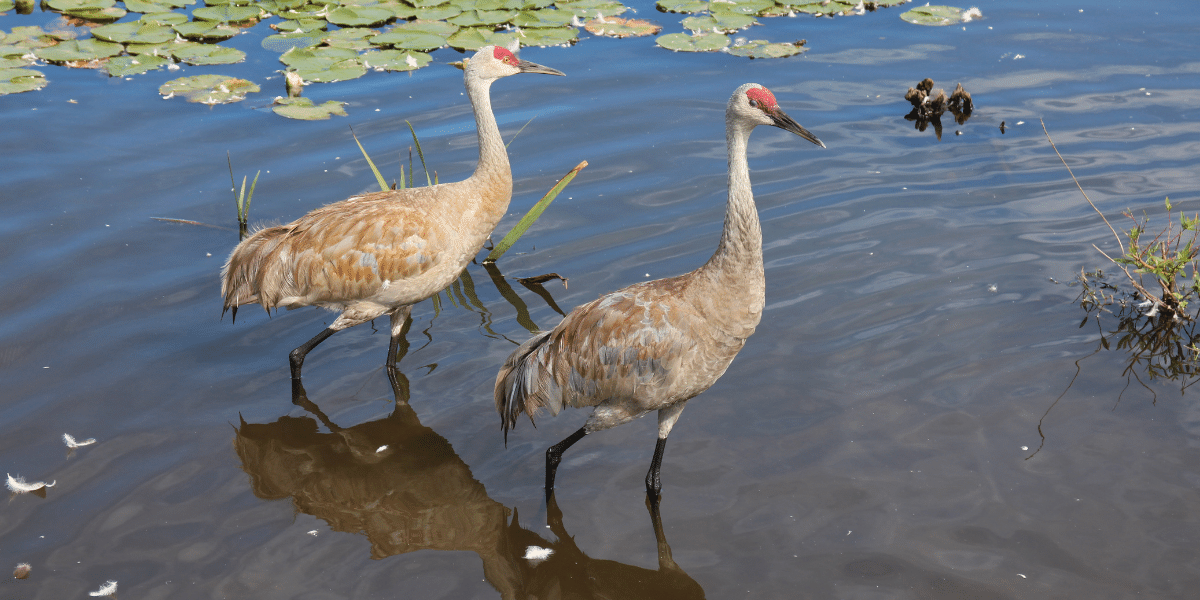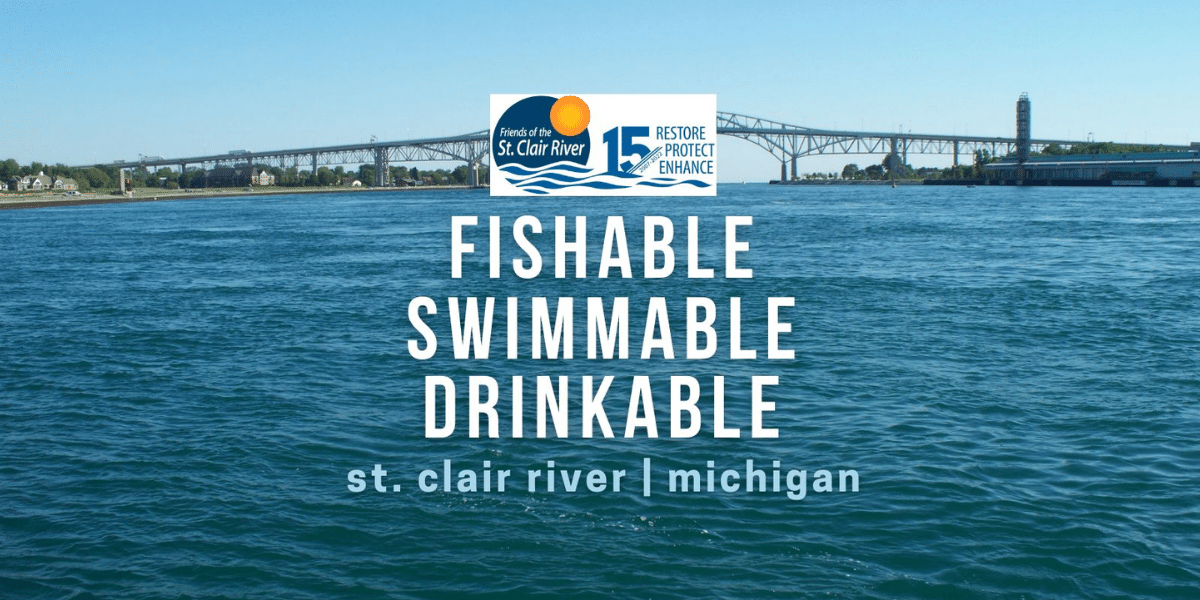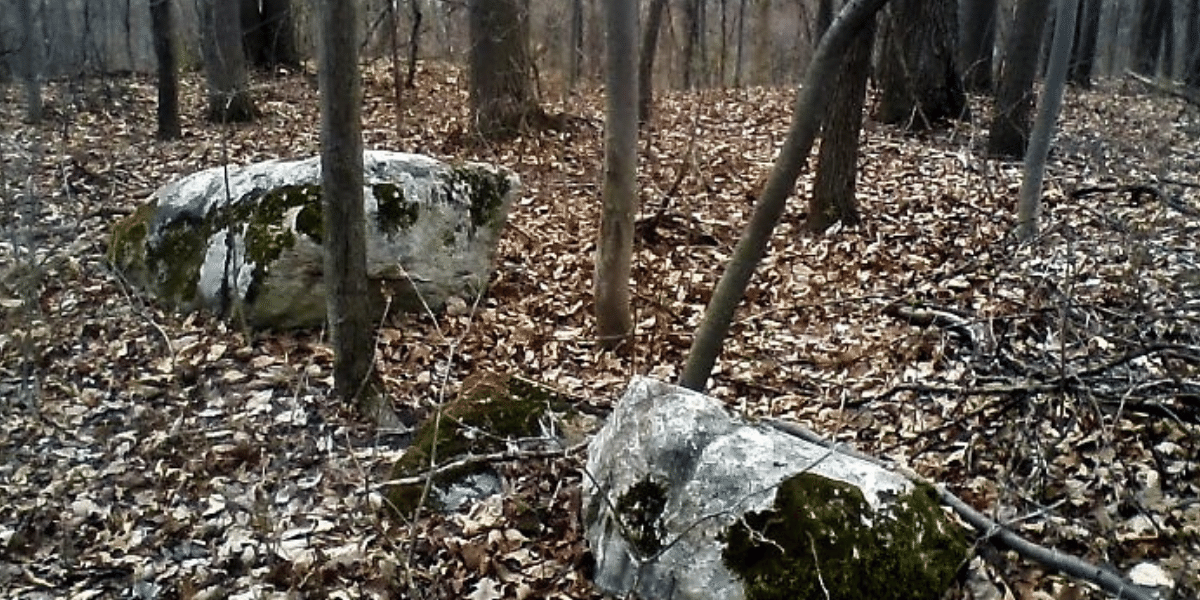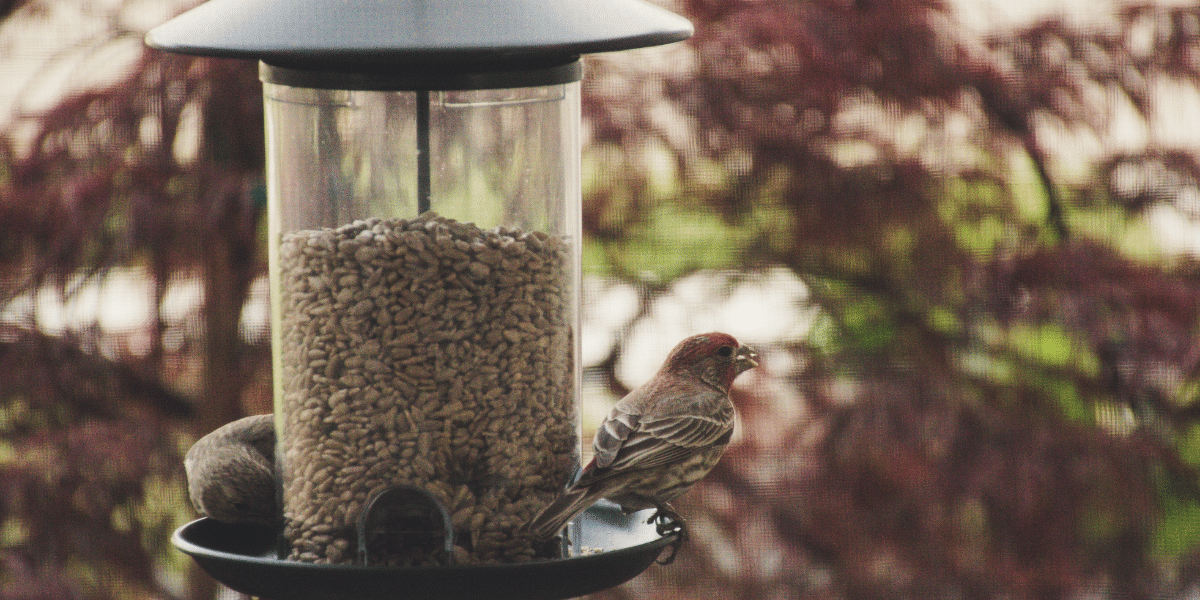Ducks Unlimited, DNR, Audubon Work to Enhance St. Clair Flats
The St. Clair Flats area, located in the southern tip of St. Clair County, is home to a diverse bird species and is a destination for kayakers and canoers who want to view the interesting wildlife. The area is getting revitalized with the cooperation of Ducks Unlimited, the Michigan Department of Natural Resources, and Audubon Great Lakes.
Kali Rush, Michigan Regional Biologist for Ducks Unlimited said, “As society develops more and more of our landscape, natural areas such as St. Clair Flats take on an even greater importance for people and wildlife. We are proud to work with the DNR and Audubon on public lands that are so close to Metro Detroit and in the middle of a major bird migratory route.”
The wetlands not only serve as a habitat for birds but prevent flooding and filter water. Agencies have already been working on improving the 2600 acres of wetlands, but the next phase includes replacing water-management infrastructure to better control water levels and improve habitat on 1500 acres of wetlands on Harsens Island.
Reporting for WGRT – Jennie McClelland






